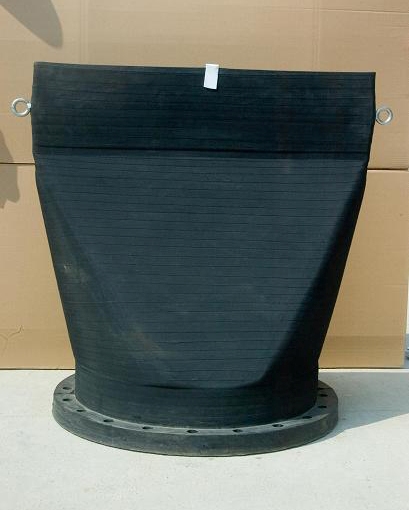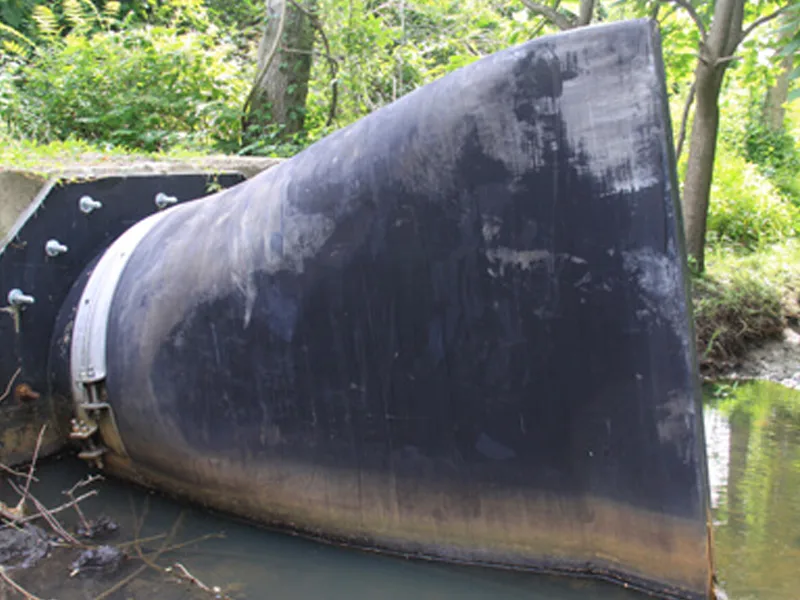In the realm of fluid management, there’s a component that often goes unnoticed yet delivers exceptional performance with a simple, reliable design: the duckbill valve. Named for its distinctive shape that resembles a duck’s bill, this unassuming piece of equipment is making waves across a range of industries. Engineers, facility managers, and maintenance teams are increasingly turning to these valves for their versatility, low-maintenance needs, and remarkable durability. But what exactly makes duckbill valves so special, and why are they becoming a preferred choice for fluid control applications?

What Makes Duckbill Valves Stand Out?
At first glance, a duckbill valve appears quite basic – a flexible, one-piece elastomeric sleeve with a tapered end. Yet, don’t let its simplicity mislead you. This intuitive design is the cornerstone of its superior functionality and efficiency:
- Self-Cleaning Capability
The valve’s unique closing motion naturally dislodges debris, reducing the risk of clogging and ensuring it stays clear and functional. - Clog-Free Operation
Its flexibility allows solids to pass through effortlessly, minimizing blockages even in challenging flow conditions. - Minimal Maintenance
With no mechanical parts to wear out or jam, duckbill valves require significantly less upkeep compared to traditional valves. Their lifespan can extend to an impressive 35-50 years. - Adaptability
Duckbill valves perform well in a wide range of scenarios, handling everything from low-pressure applications to high-flow environments with ease.
Industries Benefiting from Duckbill Valves
Thanks to these unique characteristics, duckbill valves have found a home in numerous industries. Their reliability and versatility make them a go-to solution for applications where traditional check valves might struggle:
- Wastewater Management
Handling raw sewage and effluent discharge without jamming or fouling is a critical requirement in this sector. Duckbill valves excel in this environment, ensuring continuous flow and preventing backflow. - Stormwater Control
In stormwater systems, dealing with unpredictable water volumes and debris is a major challenge. Duckbill valves shine here, with their self-cleaning and backflow prevention properties, making them ideal for flood-prone areas. - Chemical Processing
These valves’ corrosion-resistant properties and ability to handle viscous fluids make them an excellent choice for harsh chemical environments. - Mining and Oil & Gas
Remote and hard-to-access locations demand durable, low-maintenance solutions. Duckbill valves fit the bill perfectly, reducing the need for frequent servicing. - Water Treatment
With reliable backflow prevention and efficient flow rate handling, duckbill valves contribute to maintaining consistent water quality in treatment facilities.
The Duckbill Advantage Over Traditional Check Valves
When compared to conventional check valves, duckbill valves offer several distinct advantages:

- Enhanced Durability
Built to withstand corrosive and abrasive conditions, they outlast many traditional check valves, reducing long-term replacement costs. - Tight Seal
Even when dealing with trapped solids, duckbill valves maintain an excellent seal, preventing unwanted backflow. - Low Head Loss
This results in greater efficiency, particularly in low-pressure applications where traditional check valves might struggle to function properly. - Extreme Condition Resistance
Whether facing ocean waves or freezing temperatures, these valves continue to perform reliably under a broad range of conditions.
Choosing the Right Duckbill Valve for Your Application
While the benefits of duckbill valves are clear, choosing the right one for a specific application is crucial to maximize performance. Key factors to consider include:
- Flow Rate and Pressure Requirements
Different applications will demand varying flow rates and pressures. Ensure the selected valve matches these specifications. - Material Compatibility
The valve material should be compatible with the fluid to avoid corrosion or degradation. - Installation Location
Accessibility and installation constraints should be considered, particularly in remote or hard-to-reach areas. - Environmental Conditions
Whether installed in a coastal area, subject to harsh chemicals, or exposed to extreme temperatures, ensure the valve is designed to withstand the conditions. - Compliance with Industry Regulations
Check for adherence to any industry-specific standards or certifications, especially in sectors like food processing or pharmaceuticals.
As industries continue to seek more efficient, cost-effective, and low-maintenance solutions, duckbill valves are poised to play an increasingly prominent role in fluid management. Their innovative design addresses many of the common challenges faced in this field, from reducing maintenance costs to improving overall system reliability.
Whether you’re managing a wastewater treatment plant, designing a stormwater system, or looking for reliable valves for chemical processing, don’t overlook the humble yet mighty duckbill valve. It could be the perfect solution you’ve been searching for.
In conclusion, the duckbill valve is more than just a simple fluid control device – it’s a testament to how innovative design can solve complex problems. As industries push the boundaries of fluid management technology, these unsung heroes will undoubtedly remain at the forefront, quietly ensuring the smooth flow of liquids across countless applications.
John Valves can supply a wide range of duckbill valve solutions and sizes. Enquire and speak to one of expert valve consultants about we can help you with next project.

